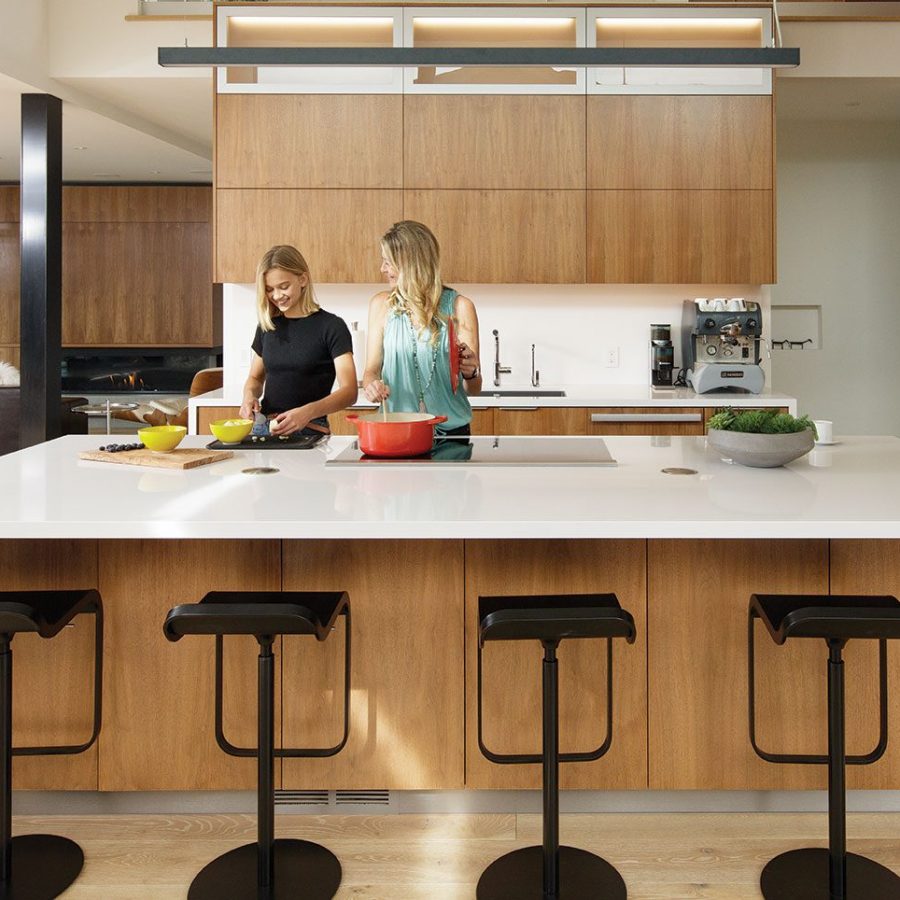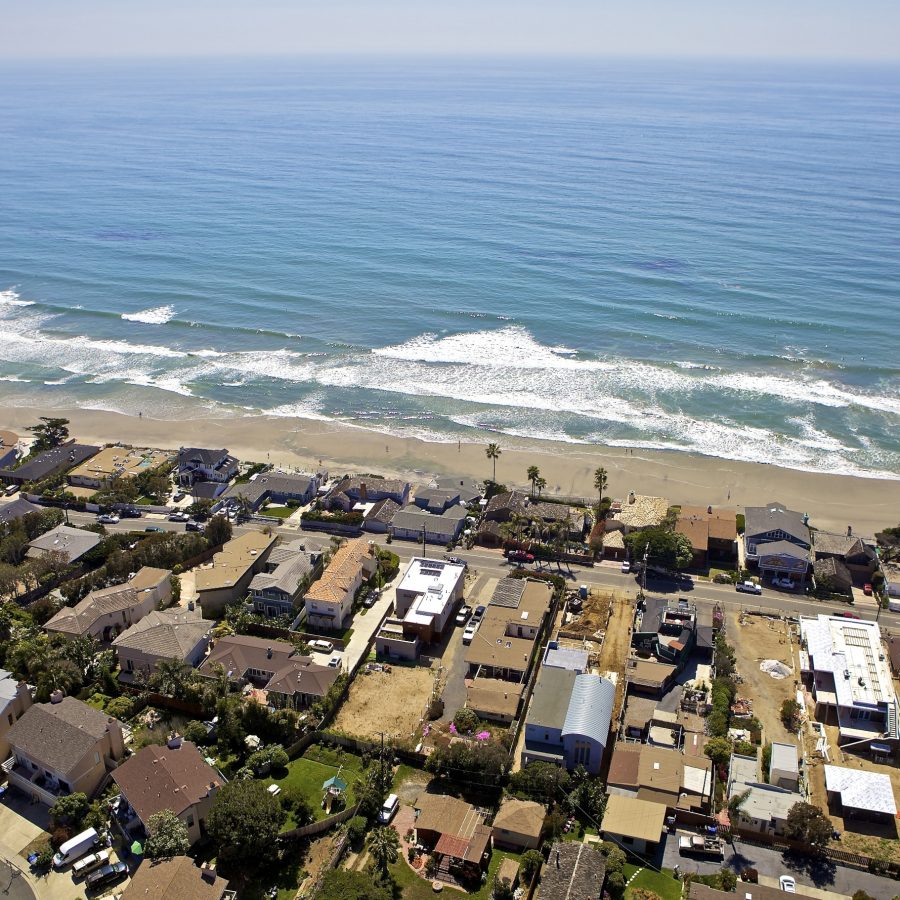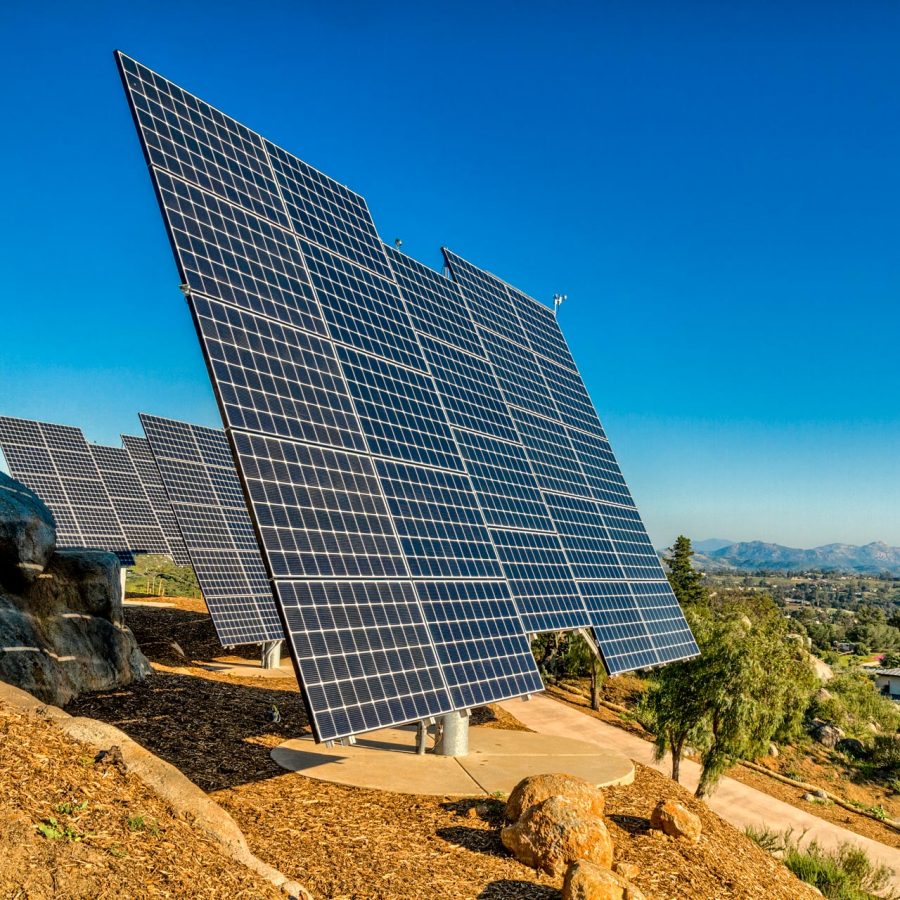why green?
A common misconception is that building ‘green’ is too costly for purely altruistic reasons. Oftentimes this is incorrect for two reasons. First – many sustainable building techniques and materials can be implemented with little or no additional cost; it just takes knowledge of how to do so and dedication of the project team to prioritize these goals. Second, building green is not just about saving the planet for future generations. It’s about making life better for yourself right now in many ways such as healthier indoor air quality, improved comfort, and increased durability. The sections below describe how green building benefits the 3 P’s – people, planet, and profit.

PEOPLE
Did you know that we spend an average of 90% of our lives indoors? According to the U.S. Environmental Protection Agency, indoor pollution levels are often 2-5 times higher than outdoors. Much of these indoor pollutants can be mitigated by installing balanced mechanical ventilation systems that provide a continuous supply of fresh air, choosing zero- and low-VOC paints and emissive products, and high-capture filtration technology that removes particles flowing through ducts.
Along with healthy we want our homes to be comfortable. Comfort is about more than just a thermostat set-point and a basic ‘HVAC system’. It’s about even temperatures and moisture control from room-to-room and floor-to-floor. It’s about being able to enjoy your entire home year-round. We tend to think of a well-insulated and air-tight home as being energy efficient, which is important, but arguably not as important as the fact that homes with efficient envelopes truly feel more comfortable.
PLANET
The environmental impact of the residential sector is significant. According to the U.S. Department of Energy, residential buildings account for 22% of the total energy consumed in the U.S. and 7% of the water. It also contributes to 21% of U.S. carbon dioxide emissions. Our linear use of resources is responsible for toxins accumulating in the atmosphere, in water, and on the ground. This pattern of waste depletes the finite supplies of nonrenewable energy, water, and materials and is accelerating the pace of our greatest problem – climate change.
California sets a precedent for the United States with its strict building code (Title 24) and goals to have all new construction be Net Zero energy by 2020. Alliance Green Builders adheres to these mandates and exceeds them where possible – why do the bare minimum when we have the technology and resources to build an exceptional home that would comply with codes in 20 years’ time? Given the major role that buildings play in increasing climate change, it is essential that builders, architects, subcontractors and anyone in the building industry works to increase the sustainability of their trade. As a homeowner, you, too, can also can contribute to improved residential sustainability through the choices you make when building and operating your home.


PROFIT
Take a tour of our healthy homes
